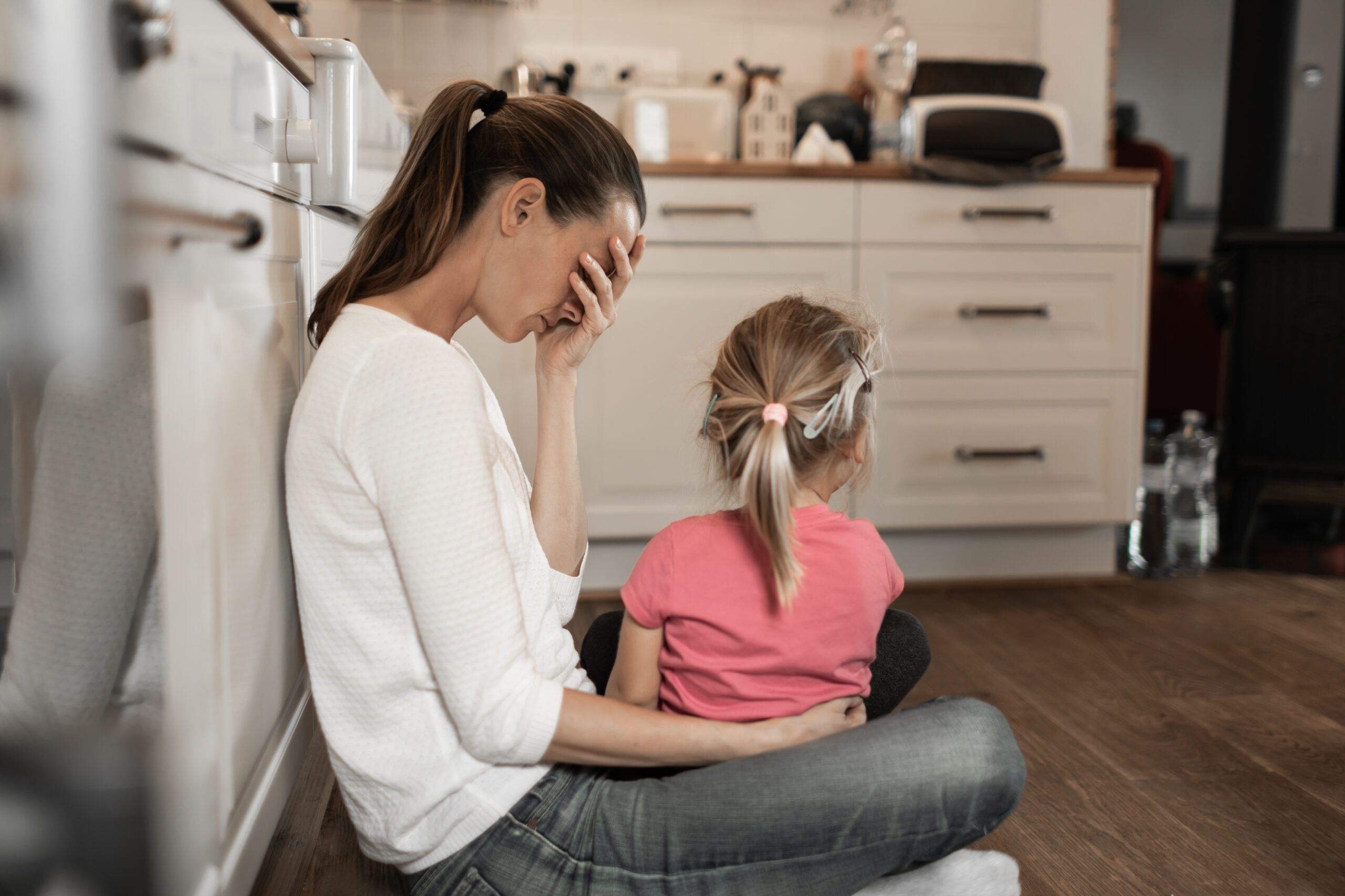The rusty railroad bridge sits at least 200 feet above the river. As teens, a friend and I thought it’d be fun to side-step across it, balancing on the metal beams. I got farther than I probably should’ve, but then glanced down at the flowing water and returned to safe ground. Going as far as we did was risky. And during adolescence, teens tend to take risks. But not all risks are dangerous. Teens also take positive risks, and when we notice them, we can encourage more of this type of behavior so it fosters growth in their character.
Taking risks is part of growing up. It helps teens gain independence and figure out who they are. But the benefits for your kids are greatest when they take positive risks. Be on the lookout for these 13 examples of positive risks teens take, and see how they’re beneficial for your child.
Social Risks
1. Initiating a Text Exchange
Being the kid who suggests meet-ups or texts someone a question can be hard. But when your child decides to do it, he’s developing “social competence” along with “personal responsibility” for his life, according to research in the psychology journal Developmental Review.
2. Asking Someone New to Hang Out or Go on a Date
The uncertainty can hold people back at any age. It’s a risk. But even if the other person rejects him, he’s showing initiative and courage, two character traits that can grow over time.
3. Showing Up Somewhere Alone or Without Knowing Who Will Be There
Going anywhere alone—including the school cafeteria—takes guts. Sometimes, there’s no choice. But even so, she’s learning through positive risk-taking that she can do these hard things and survive.
4. Standing Up to a Kid Who’s Treating Another Person Badly
Positive risk-taking in this department includes saying things like, “That kid’s cool. Leave’em alone” or “Don’t talk bad about Mrs. Jones. She’s a good teacher.” Being assertive takes practice, but taking these risks can build confidence.
5. Speaking Up About Something Even Though It’s Unpopular at School
As a teen, I wrote an article for the school paper that ruffled some feathers. One student even wrote a direct rebuttal for the following issue. But putting my words out there and standing up for what I believed gave me the confidence to continue voicing my opinion in college and beyond.
Academic Risks
6. Contributing to a Class Discussion
If he’s willing to raise his hand and share his thoughts, he’s taking positive risks at school. He’s also engaging with the material and learning more in the process.
7. Taking a More Challenging Class or One You Know Nothing About
Some kids don’t want to hurt their GPAs, which is understandable. But it could be a positive risk if your teen discovers something else he loves.
8. Asking for Help
Does she worry about looking bad if she asks for help? Deciding to do it takes courage. Asking for help is a positive risk that will ultimately prepare her for situations when she needs help in adulthood.
Extracurricular Risks
9. Trying a New Activity or Learning a New Skill
A risk exposes a teen to peril of some kind and in this case, it could mean failure or embarrassment. But if she’s willing to try, we should commend and encourage her. If she can bounce back from setbacks, she’ll develop a growth mindset that will help her throughout life.
If your kid can bounce back from setbacks, she’ll develop a growth mindset that will help her throughout life. Click To Tweet10. Filling Out a Job Application or Advertising His Own Lawncare Business
He risks rejection, but if he applies for a job or puts flyers in neighbors’ mailboxes, he’s taking a positive risk and learning how to advocate for himself.
11. Trying a New Sport or Fitness Routine
By this age, many kids have specialized in a certain sport. So, if yours takes a chance at a new one, be proud. A teen who lifts weights or streams yoga classes in her bedroom is also thinking about her health and taking positive risks.
Personal Growth Risk
12. Taking on a leadership role.
Maybe your teen’s involved in student council or is a captain on the volleyball team. Leadership roles are also popping up outside of school as teens start to become more involved in social and political movements.
13. Setting Goals
In the Developmental Review, researchers found that “positive risk taking may help adolescents develop into thriving adults.” Setting goals is a positive risk. Why not start a goal book with your teen where he can plan his goals for the rest of year? Social, academic, extracurricular, and personal goals all count.
Have you noticed your child taking positive risks? What were they?










